Are Monuments History?
History teacher Tyler Miller said that people who do not believe that children are interested in history should see a “snapshot” of the room.
September 20, 2017
This past Wednesday, the Poly History Department held a meeting to discuss key issues surrounding monuments and historical memory. History teacher Tyler Miller organized this forum in response to recent events in Charlottesville when 250 protesters argued for the removal of a statue of Confederate General Robert E. Lee.
Miller said, “I proposed the history forum as a reaction to the heated swirl of national conversations about public commemoration and national memory. The controversy over Confederate monuments, to others and myself, provoked some thinking about how public memory and national history narratives are always contested.”
In order to broaden the discussion beyond just this issue, Miller introduced four panelists who would each speak on a monument that has been contentious throughout history.
The first to speak was history teacher David Reid. Reid discussed the controversy surrounding Italian explorer Christopher Columbus. Credited with having ‘discovered’ America for the Spanish, Columbus’ discovery led to the genocide of a huge percentage of Native Americans. According to Reid we should attempt to “reckon with Columbus,” because, removing a monument does not “scrub Columbus from history,” Reid said.
Director of Diversity Josina Reaves followed with a more personal narrative. She recounted how, when she first encountered the Reverend Dr. Martin Luther King Jr. Monument in Washington D.C., she was in complete awe. One of her colleagues thought that King looked “too militant, too violent.” She realized that many believe that King “should only be depicted as nonviolent.” Reaves stated that from reading some of his essays like the Letter from Birmingham Jail, demonstrates that King was a much more powerful man than history makes him out to be.
Middle school history teacher Melissa Hibbard discussed the Polish town of Jedwabne, the site of a World War II massacre. When the Nazis marched into Jedwabne, the townspeople rounded up the Jewish members of the town and murdered them. However, in the town’s memorial of the heinous event, the Nazis are blamed. This monument was removed and replaced with a new monument that laments the suffering of the Jews who were killed but does not place responsibility on the Poles. Hibbard said that she does not know how the new monument will hold up in Poland’s new government or whether or not a public acknowledgment is enough to make a country reckon with its history.
History teacher Margaret Moslander discussed Amherst College, which changed their school mascot from the Lord Jeffs to the Mammoths due to the recent discovery that namesake Lord Jeffrey Amherst was a perpetrator of biological warfare. While this name change may seem like a victory to many, Moslander said that the college and the surrounding town are still named after Jeffrey Amherst. She asked those listening about how the members of the community should reconcile with the history of the town.
Miller, who organized the event, spoke last. He discussed one of America’s most famous monuments: Mount Rushmore. Four of America’s most revered presidents carved into the mountainscape of South Dakota should be a tribute to democracy, but Miller argued that each of those men has a dark and racist past. However, to Miller, the most disturbing aspect of Mount Rushmore is its placement in the church of the Sioux people. He said that “the Black Hills were never to be touched.”
After all the panelists spoke, the floor was opened up to questions.
Senior Alejandra Sanchez said the forum made her question “to what extent our sense of ourselves is embedded in the places we experience and the relevance of specific moments of American History.”


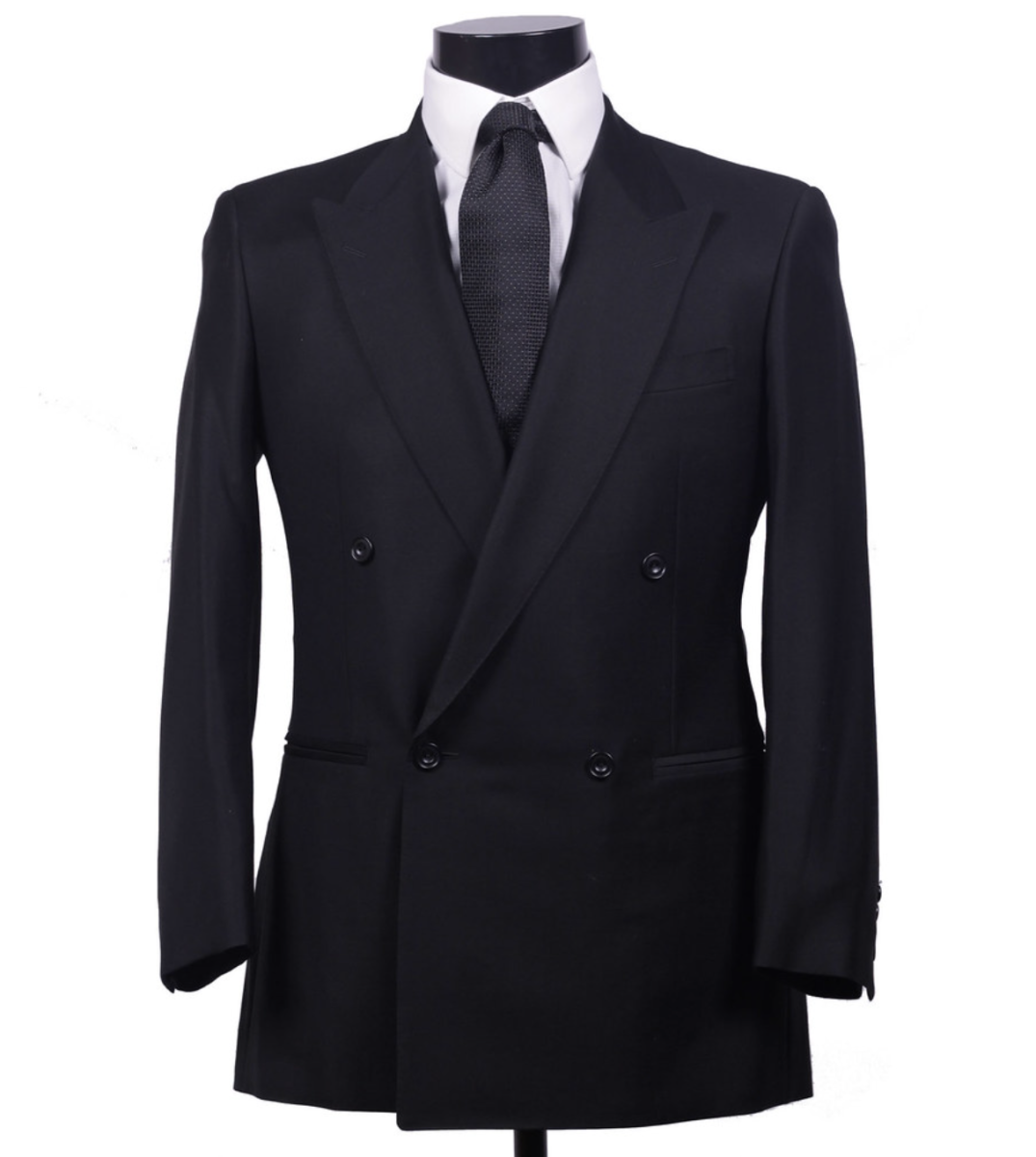
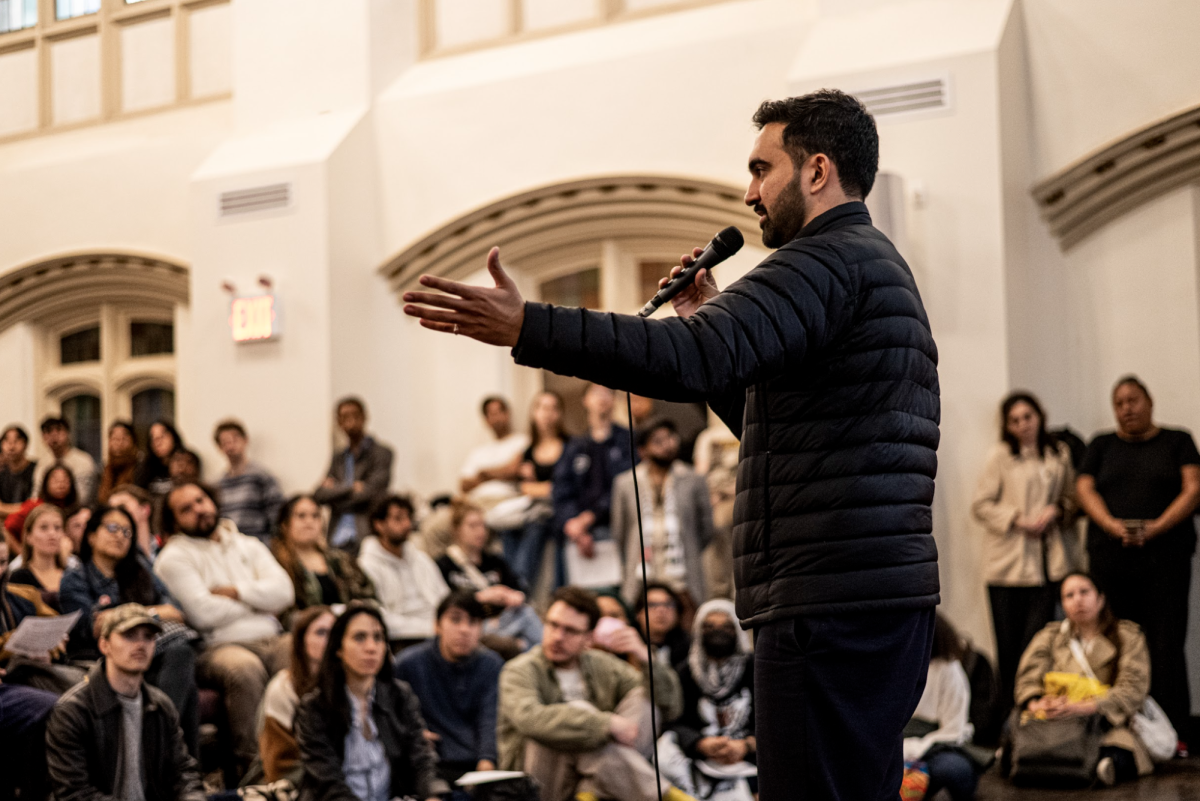

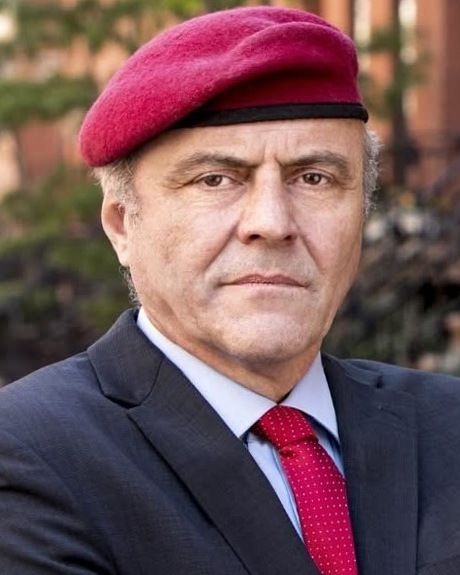

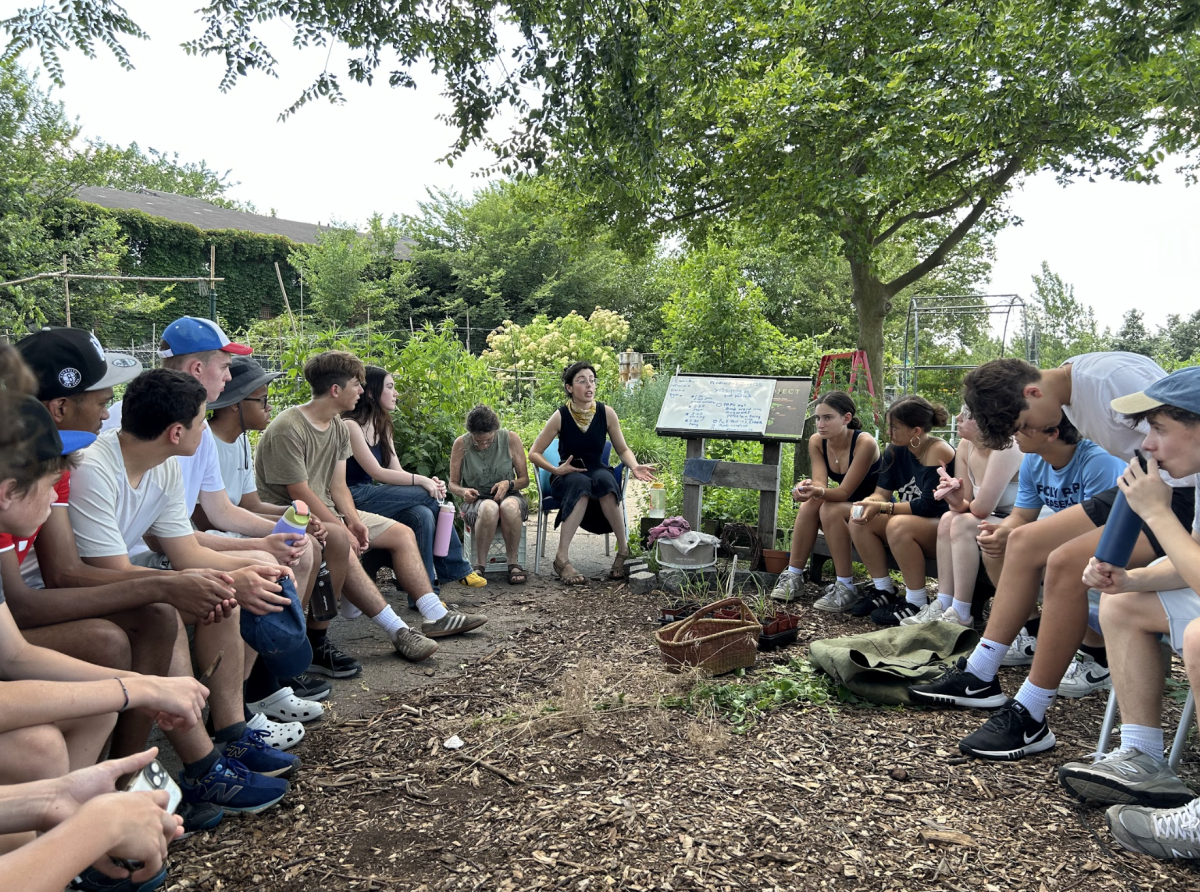
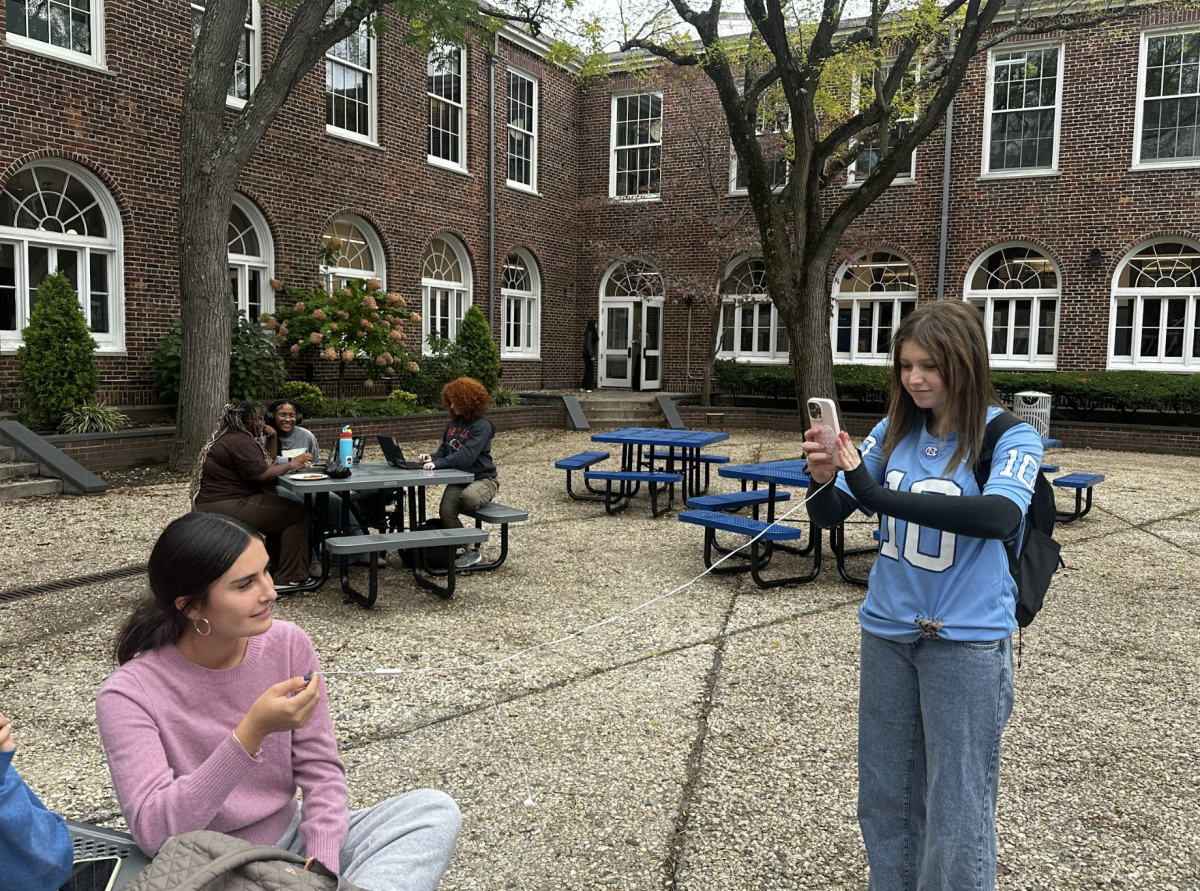

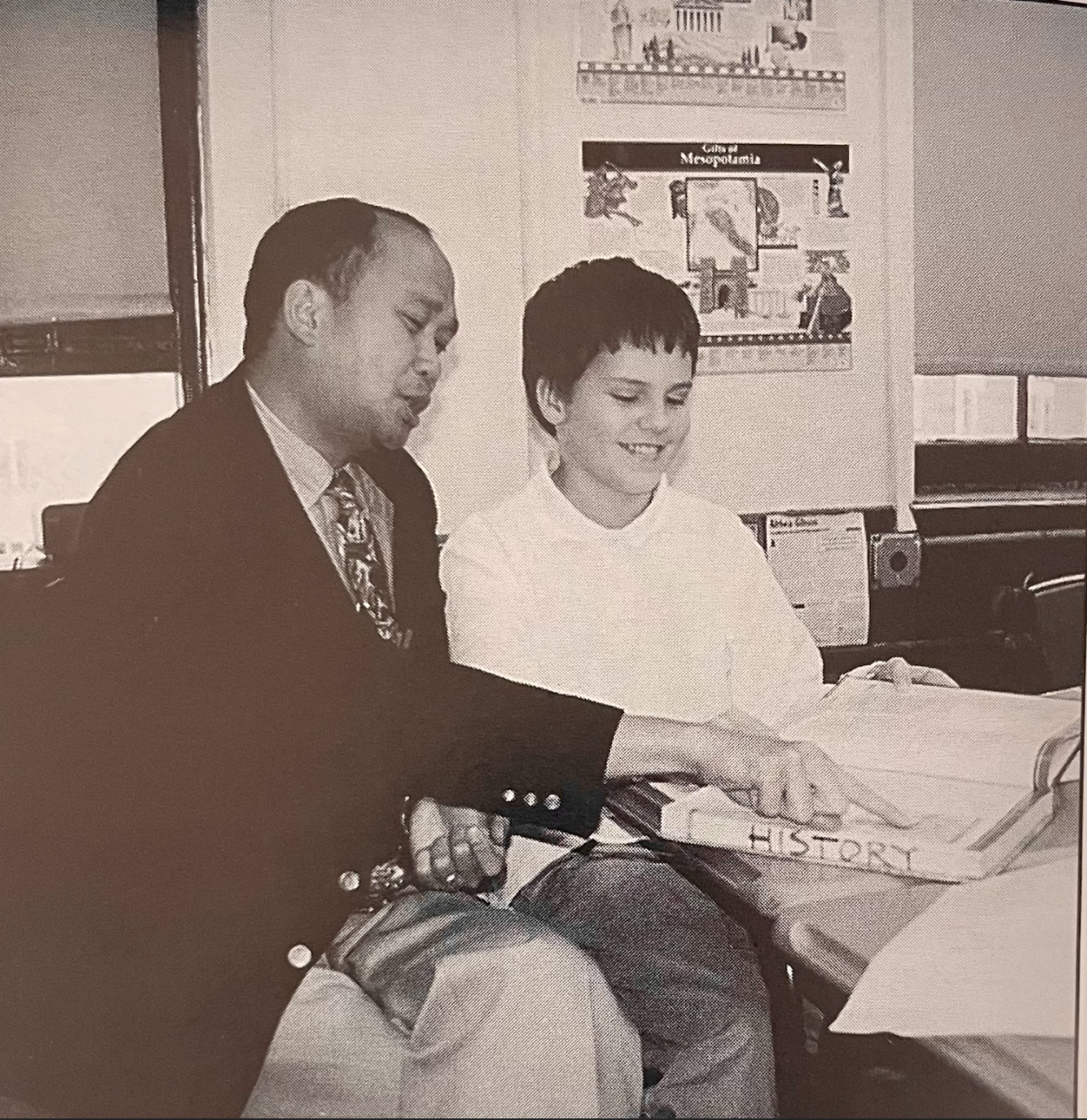
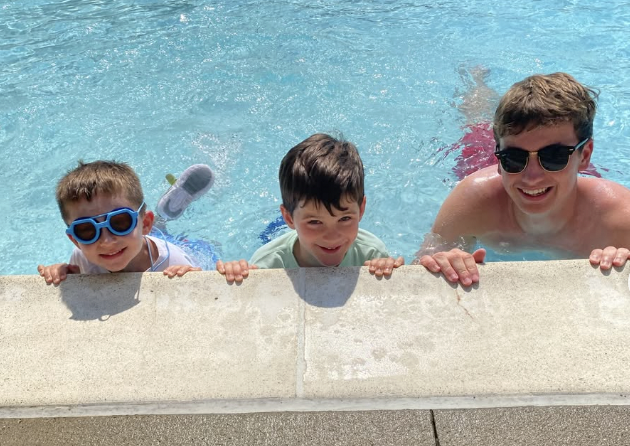
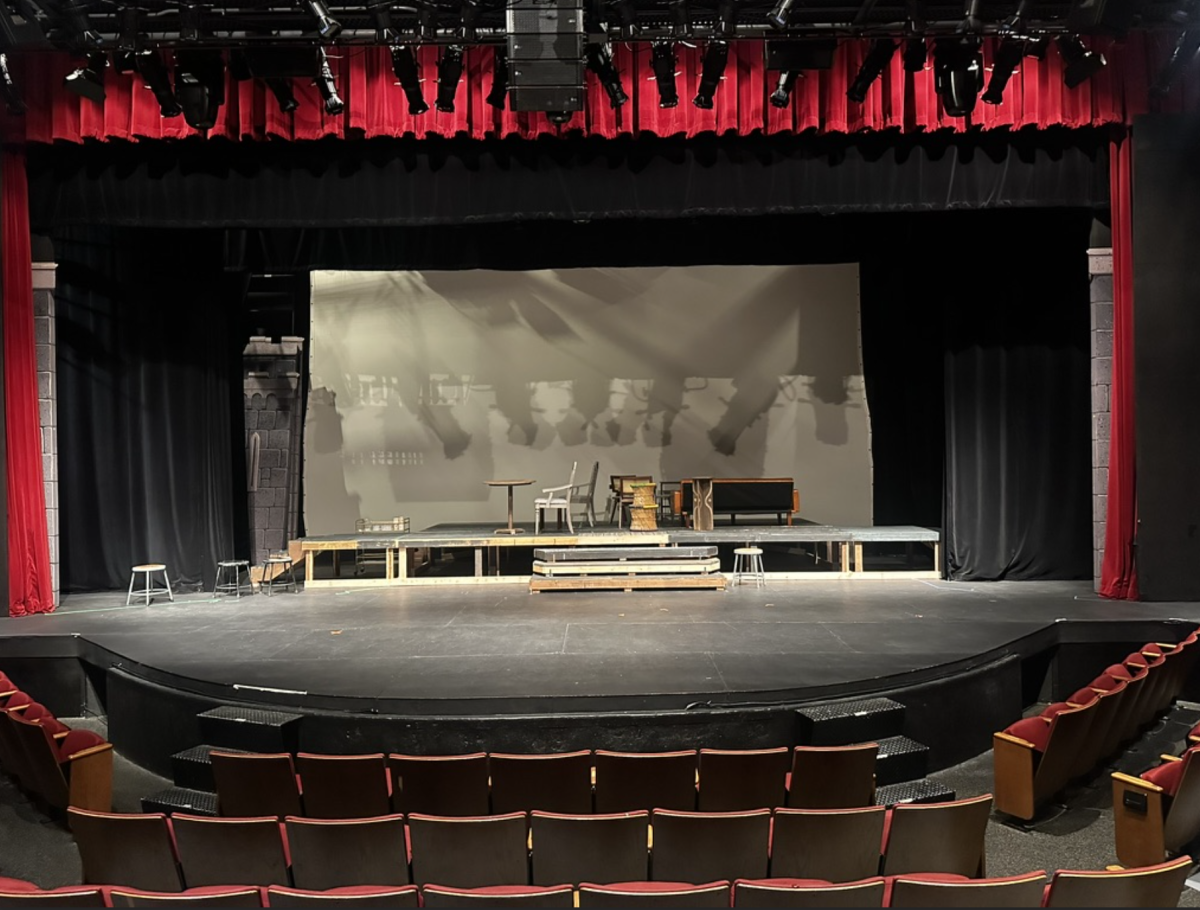
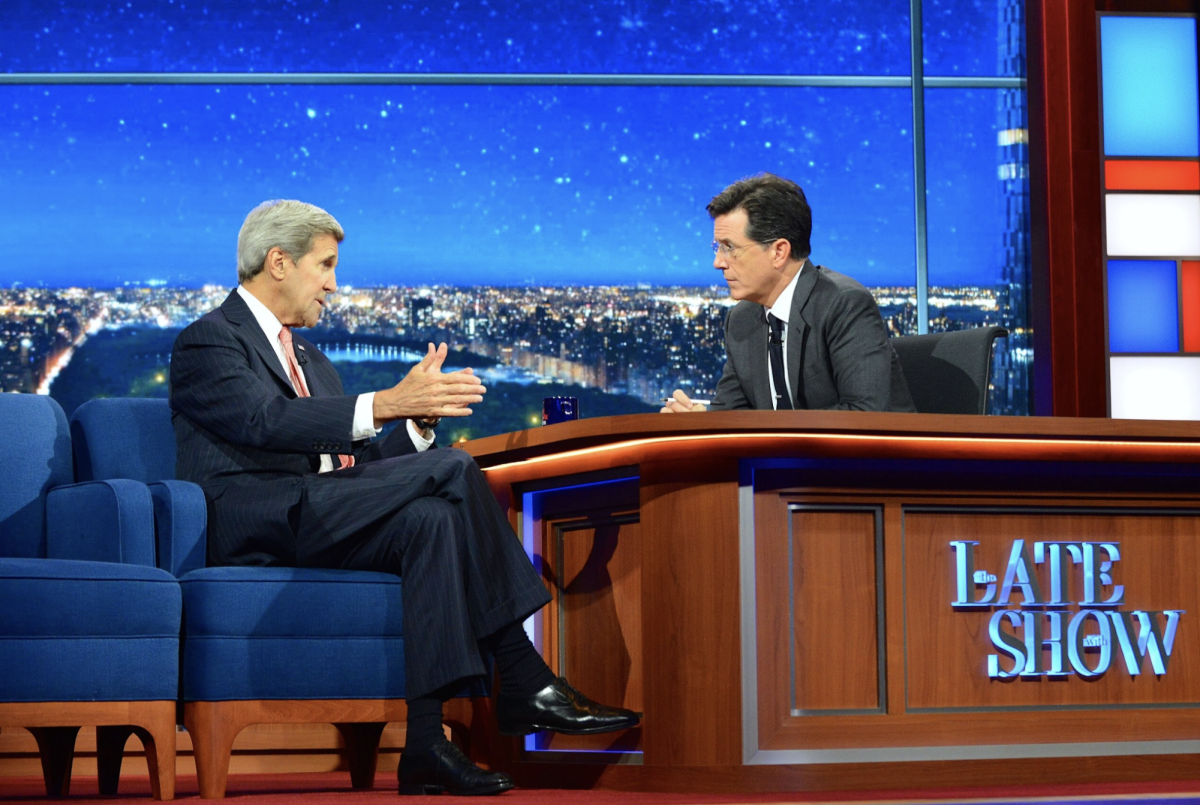
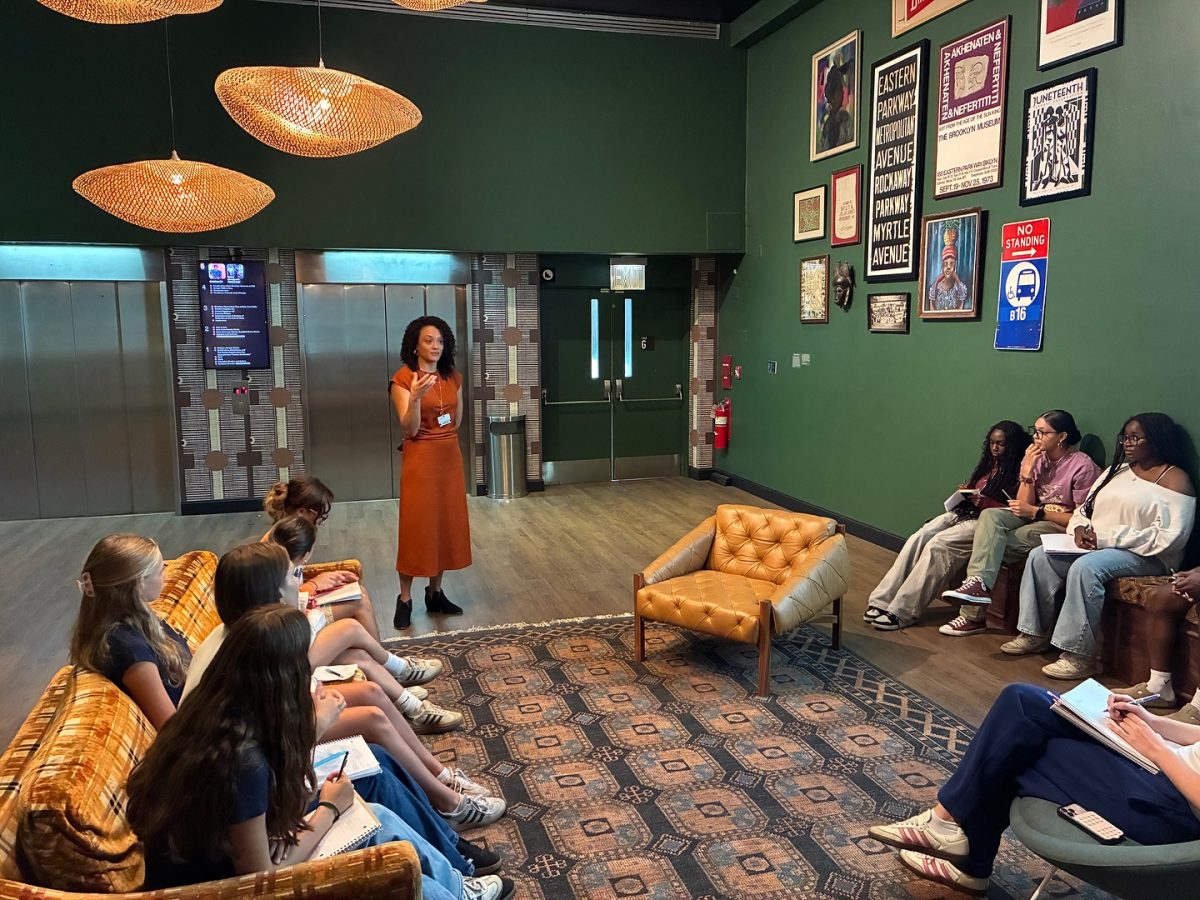
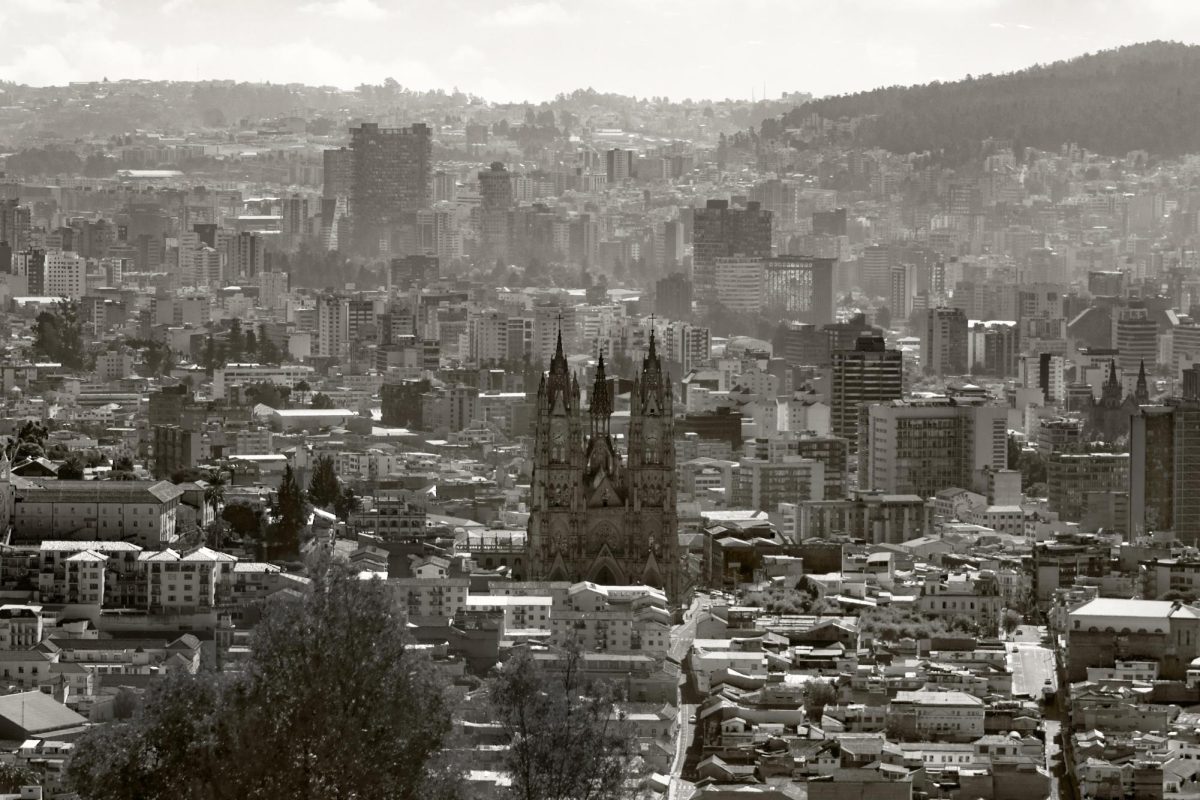





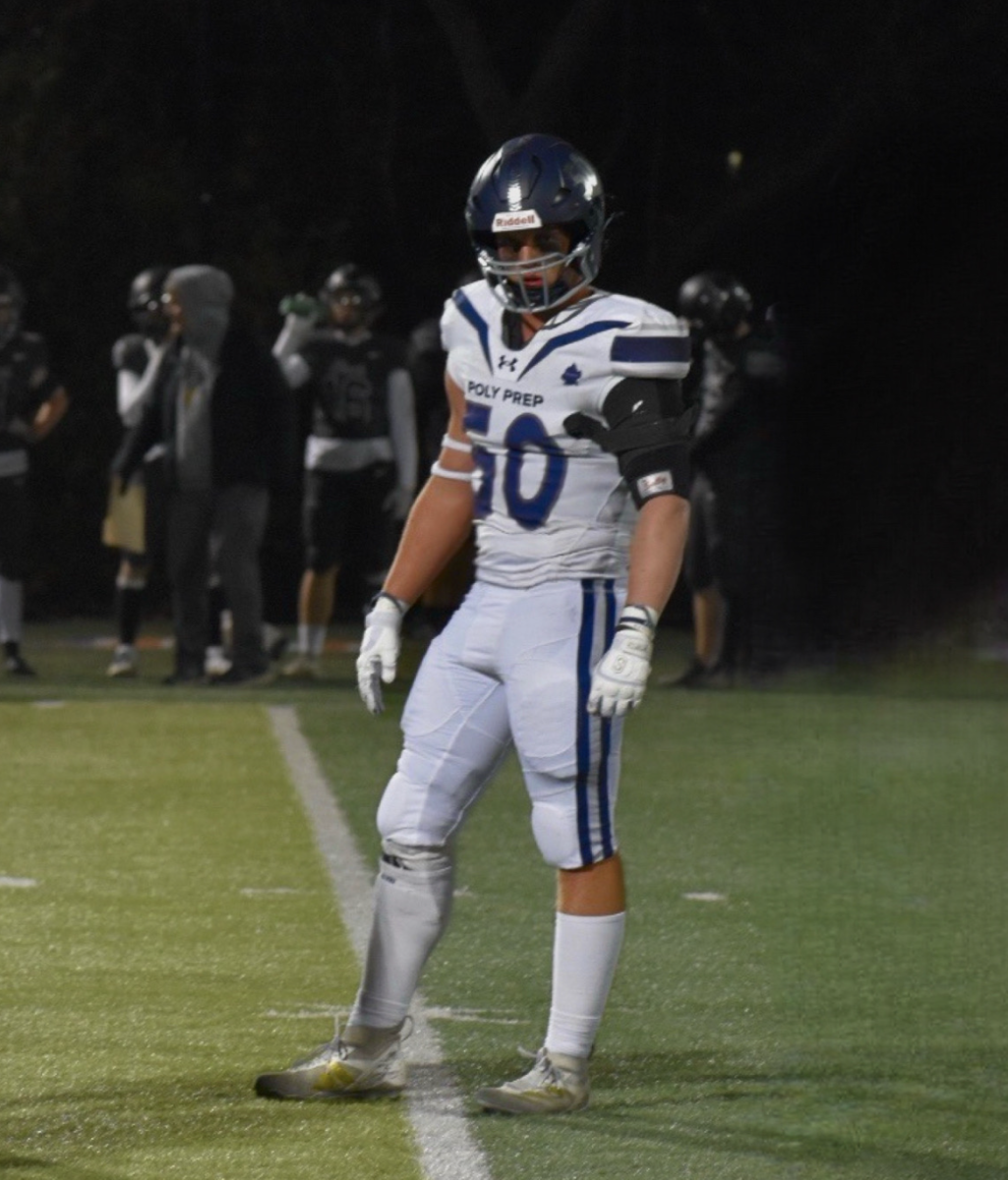
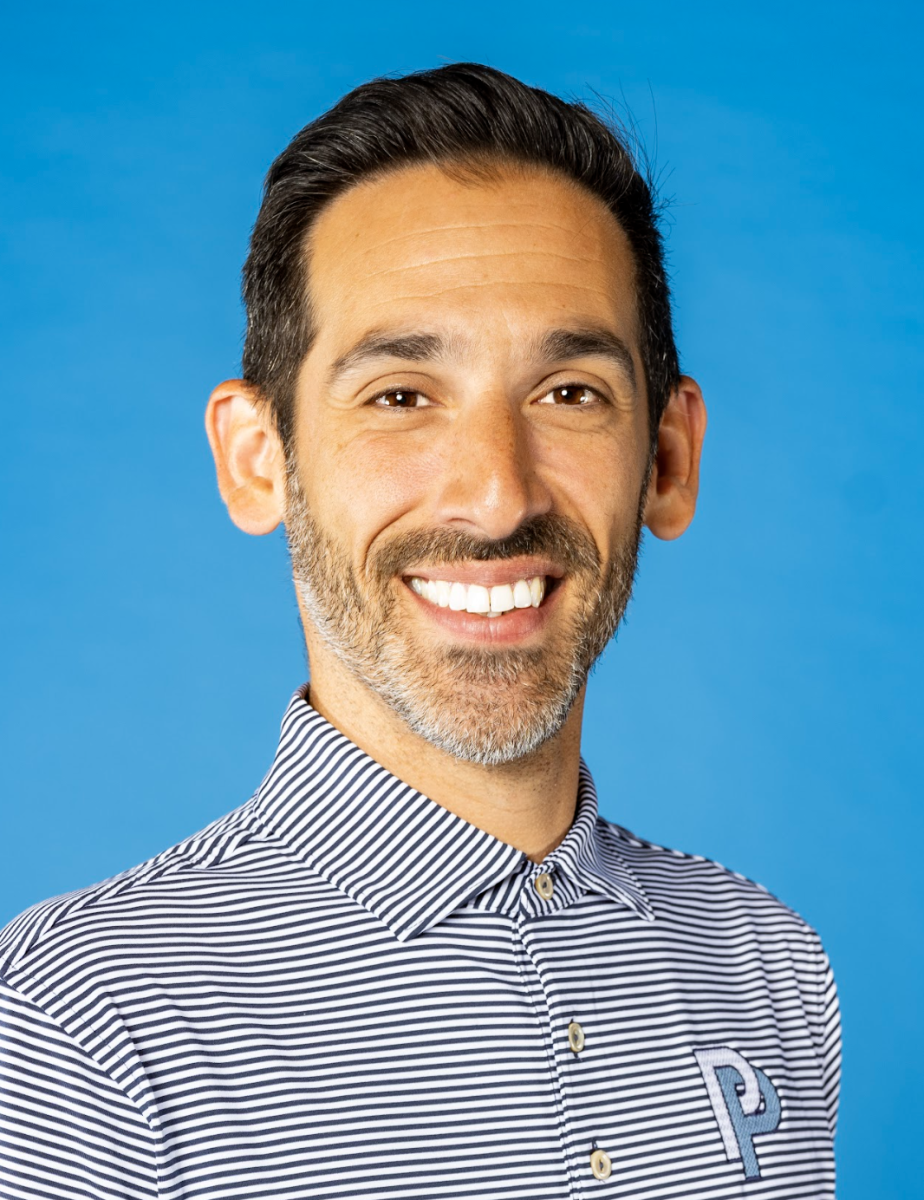
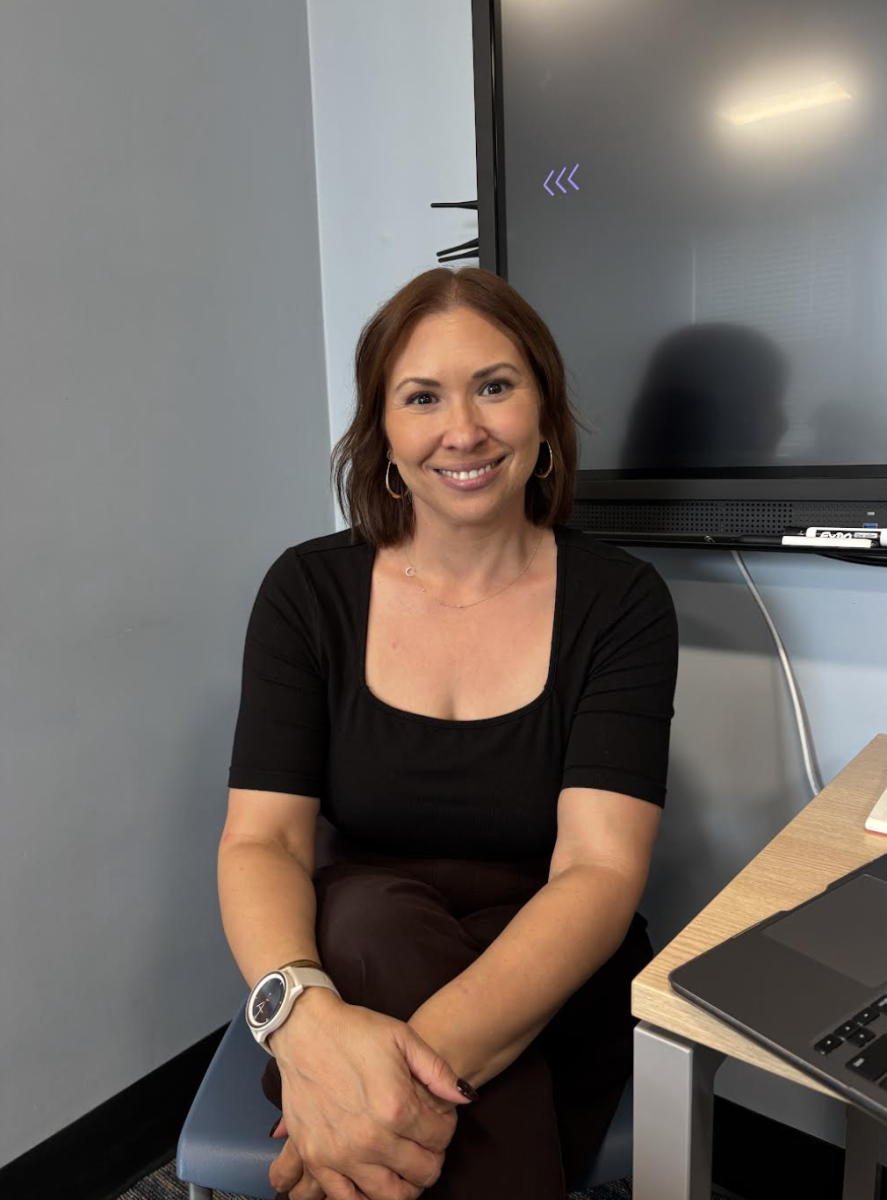
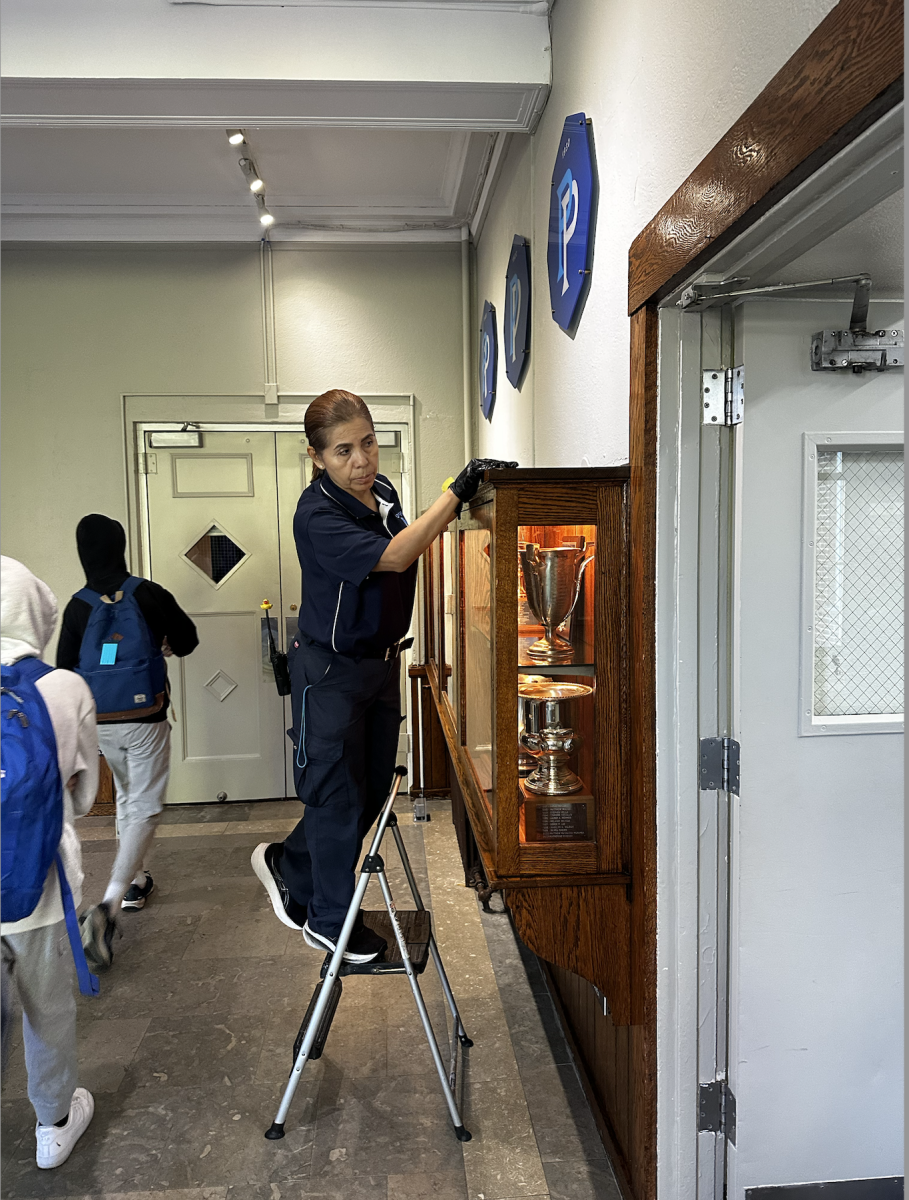
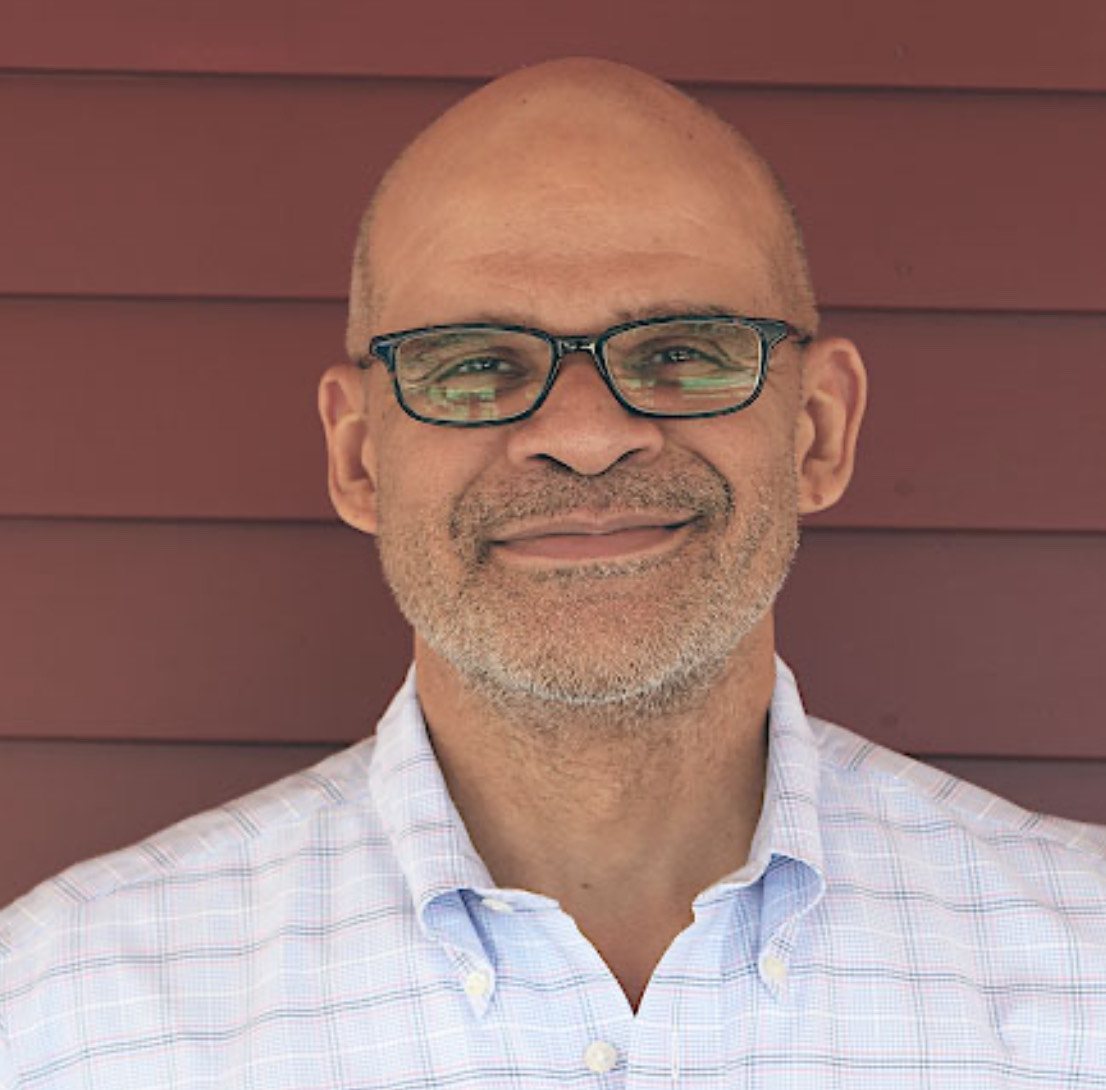
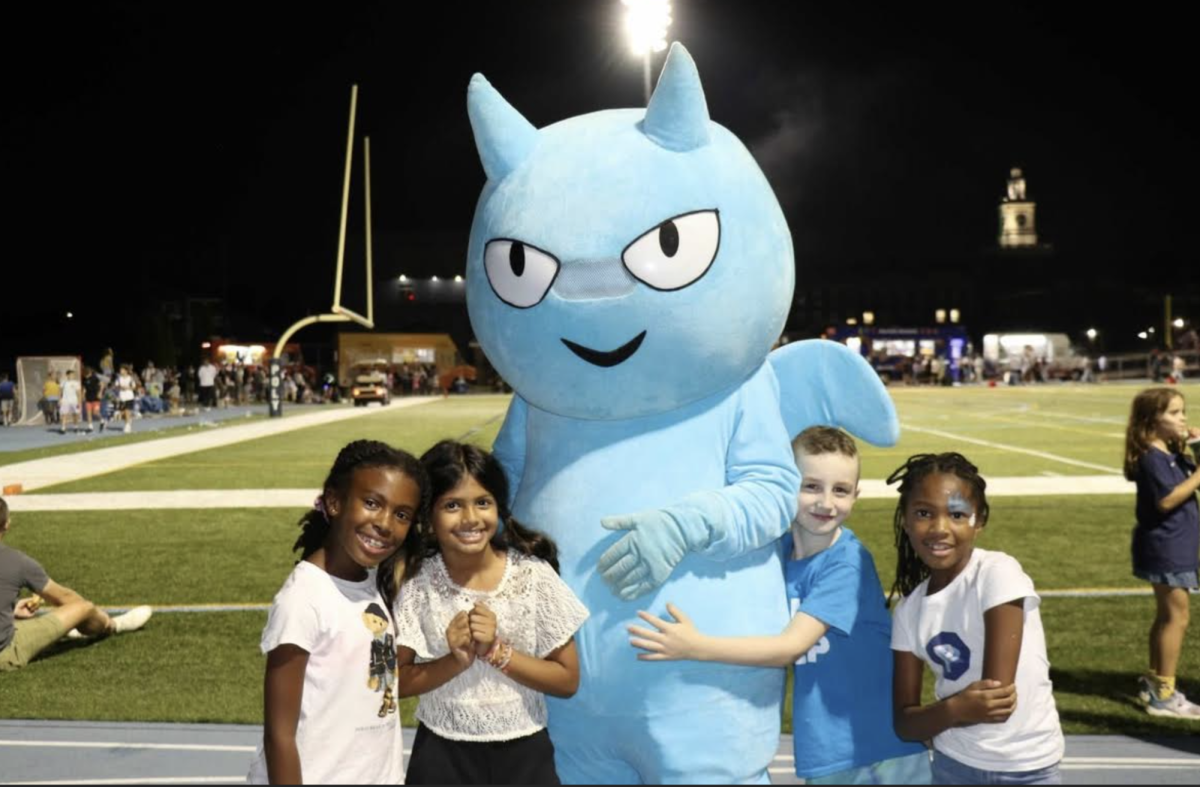
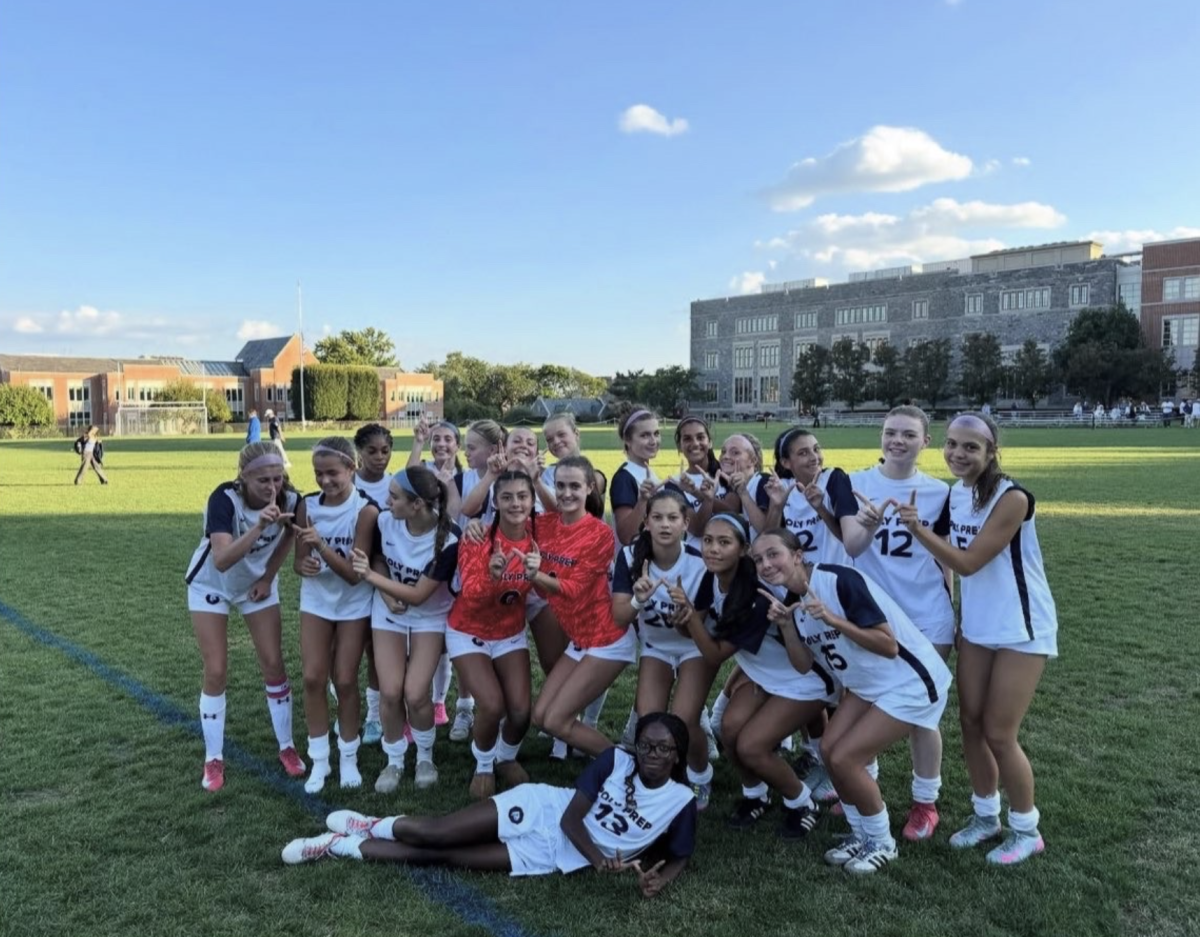
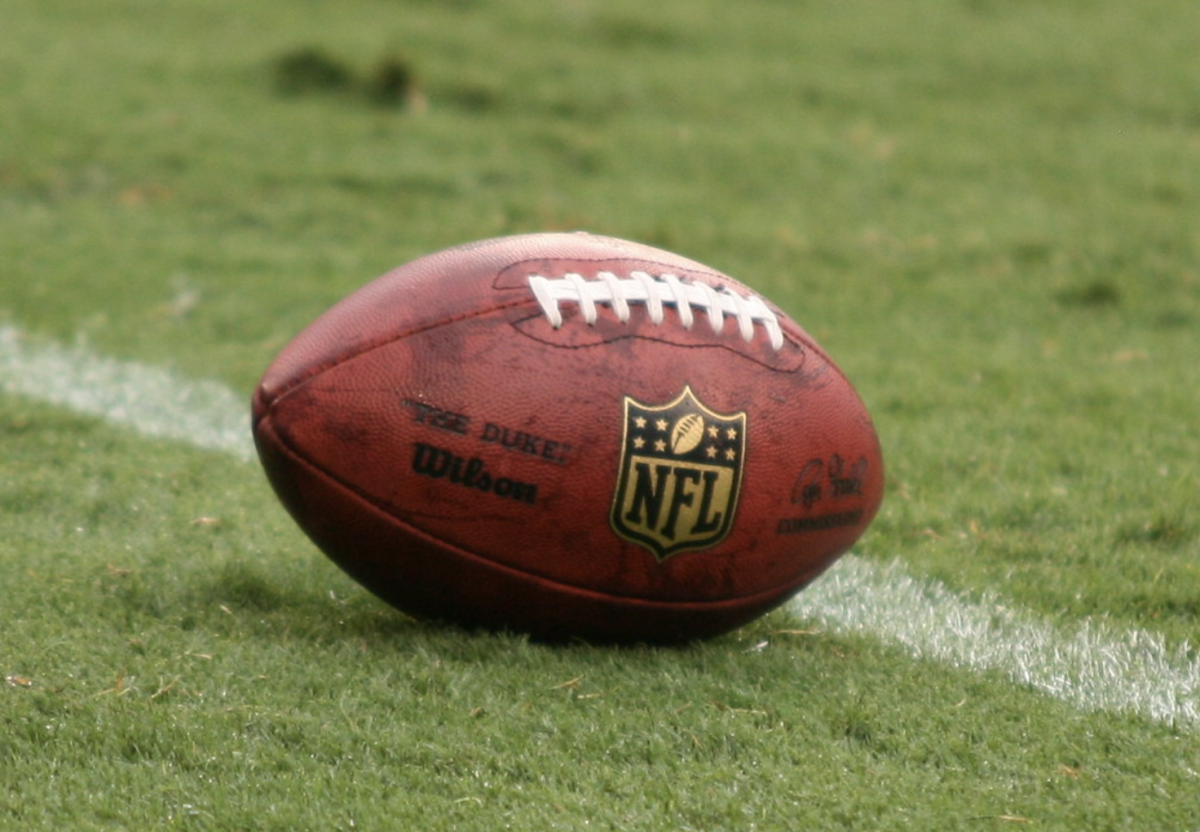


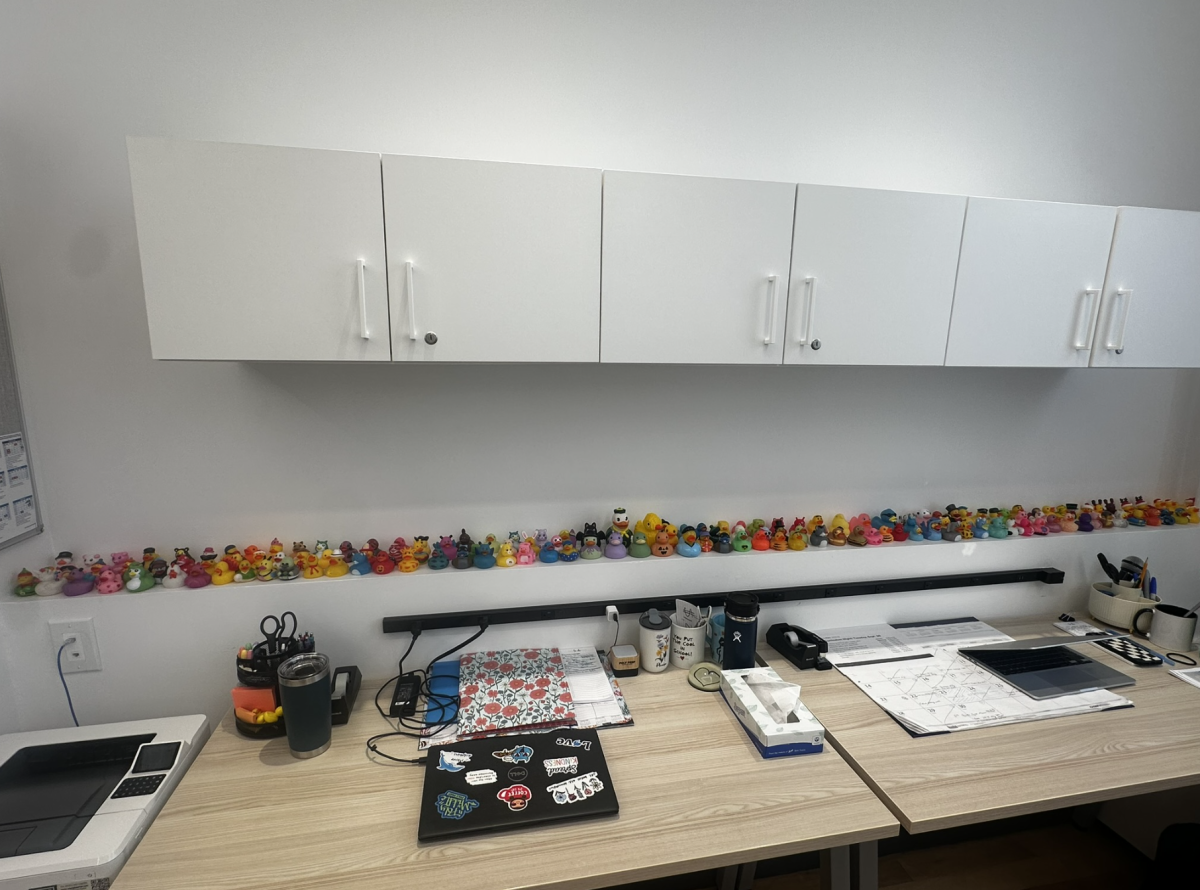

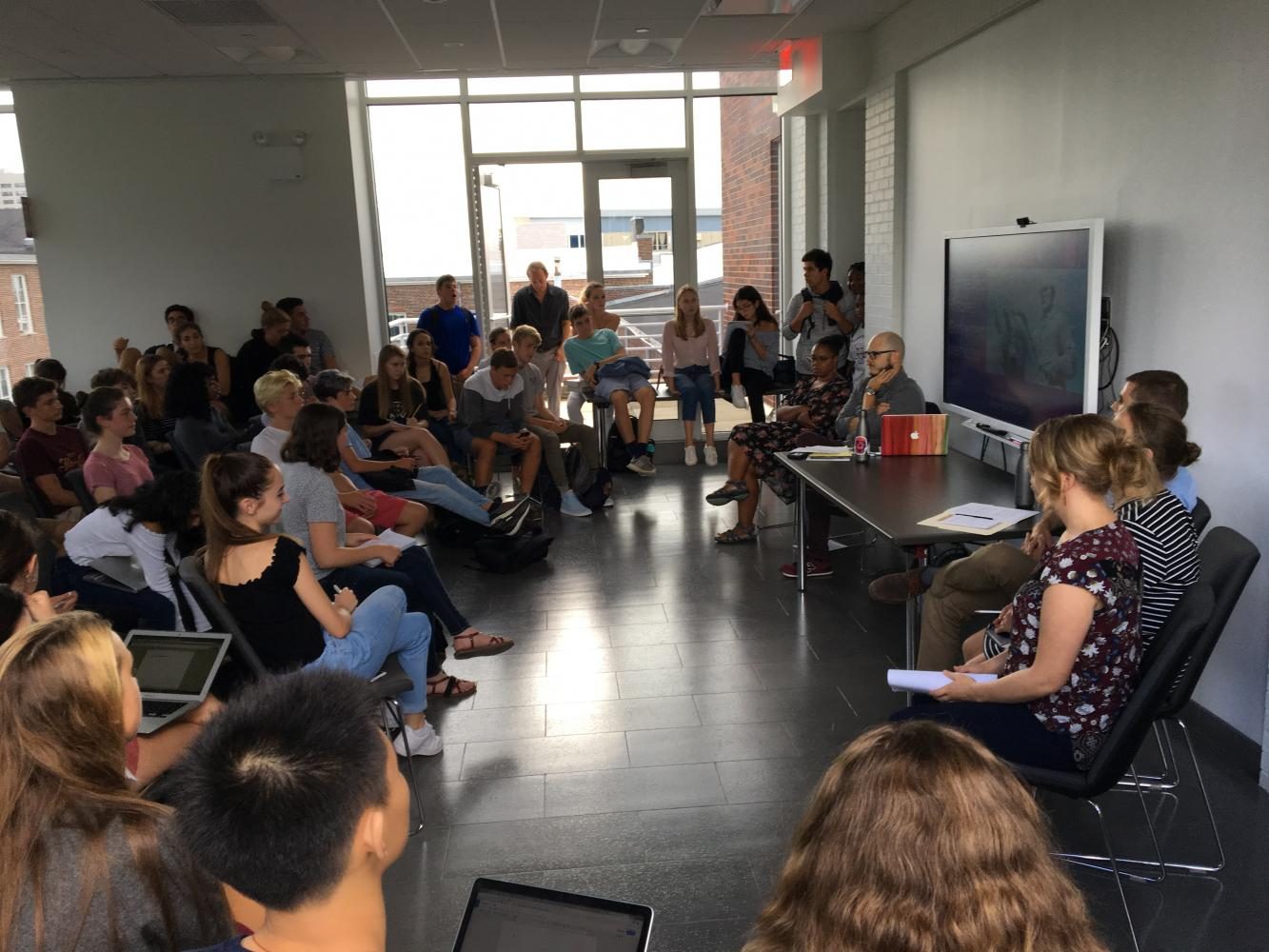
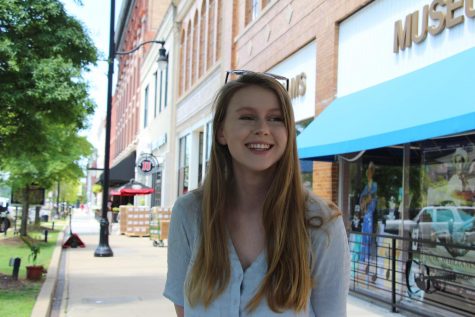
Jonathan Fratkin • Sep 23, 2017 at 5:56 pm
Any discussion of the plaque commemorating the tree planted by Colonel Robert E. Lee, a highly regarded veteran of the Mexican War, on the grounds of St. John Episcopal Church in Bay Ridge? He was stationed at Fort Hamilton at the time.